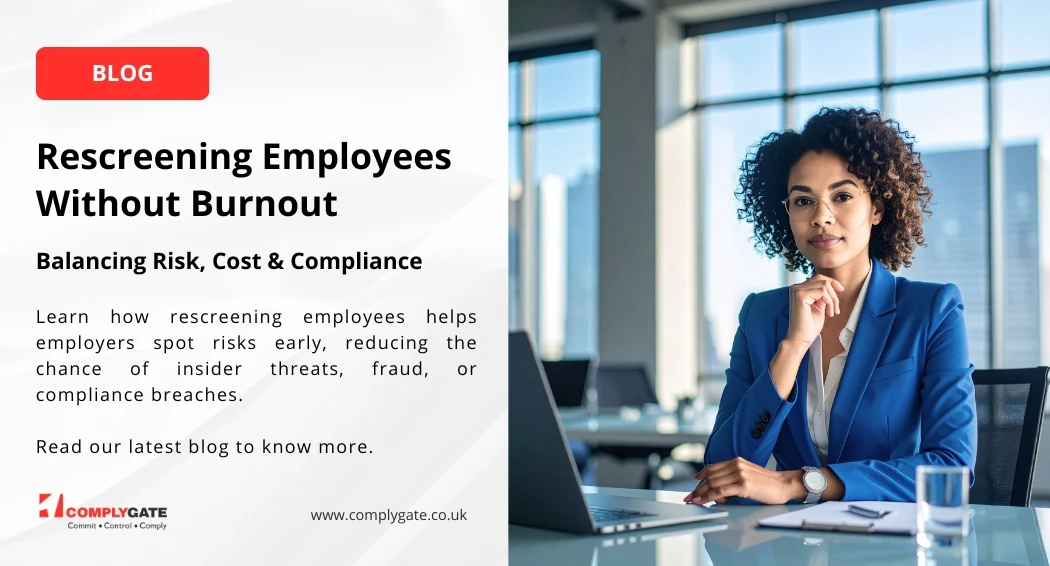Diversity at Workplace
The origins of organised racism date from the very beginning of civilization. Over time, people have been coerced to accept the conditionality and subjectivity of racism in their day-to-day lives. The systematic segregation of man on the basis of colour and race was thought to be able to raise the bar of particular social groups. However this notion, even though still widely pervasive, is false and dangerously divisive. Organizations which are more likely to do well in today’s global economy emphasize on having a highly diversified workforce and their talent management strategies are greatly influenced by diversity and inclusion goals. Many of the organizations making up the other end of the spectrum too want to diversify their workforce but are apprehensive about a supposed reduction in standards which may arise hence.
As the entire global corporate world has finally joined hands to revolutionize work through digitalization, one of the ensuing agendas on their to-do-list is to reduce whatever racism and discrimination is left from the past. In many cases, organizations have made big commitments to reduce employee bias and prejudice from within. Even then, there are worrisome matters like flawed narratives that companies make use of while approaching inclusion. A major point in context is the labelling of diversity efforts as some kind of charity or a desirable yet forced compulsion, which can only accentuate the already-present divisions between the employees. Addressing someone as a “diversity hire” is sure to undermine one’s role and contributions in the organization and also give the impression that standards were lowered to recruit them.
Reality captures a far more different picture in context of working employees from underrepresented communities. Ensuring that such people are recruited and given a chance to advance their careers with the organization is far more beneficial for the organization itself. The sole idea of having a diverse and inclusive workforce is to allow the best ideas to float through the organization by the best, the brightest and the most creative minds, and by allowing those minds to connect with each other irrespective of their backgrounds. It is by ensuring these things only in the right order which empower leading organizations to thrive by achieving their periodical goals while also allowing them to advance the limits of human knowledge in their respective areas.
Organizations can enhance their profitability, innovation and workforce acumen by creating diverse and inclusive teams in the right way. Oftentimes the problem arises because of the improper and the low-key way much of the benefits are communicated to the workforce by the senior leaders of the organization. Many in the higher echelons of the management frame the organizational moves towards diversity and inclusion as a “forced accommodation” intended to provide charity and better the company’s public image. Subsequently, the majority of the workforce is not properly able to grasp the importance of the idea of “innovation above everything”. Focus should on equity, hastening development and success, and removal of certain barriers that kept people of color or of certain races out initially.
Senior management of organizations which aim to diversify their workforce and work culture should have their leaders communicate this on a regular basis to the general workforce that diversification is not a charity, but to ensure a highly selective, all-inclusive workforce which shall create regular periodical success for the organization. It must be carefully ensured that all perspective and communication is centred around this narrative.
Driving a diverse and inclusive workforce consisting of professionals from underrepresented backgrounds would definitely propel an innovative, efficient and profitable entrepreneurial ecosystem as representation of various diverse backgrounds in the engaging workforce would reach new and hitherto unexplored markets, giving the possibility of significant return.
Now, let us take a look at the varied styles of meaningful communication and execution of diversifying strategies at organizations:
Any communication for actions on diversity and workforce inclusion should include explicit reasons for executing the same
It is perfectly fine to call out racism and any existing prejudice but care must be taken to not act by giving the message of doing charity on the underrepresented groups. A much better way is to create awareness about the incredible number of opportunities missed regularly due to the pre-existing systems of exclusion in place within organizations today. All organizations could enhance their productivity and achieve significantly innovative returns by focusing on better hiring and promotion practices and most importantly by being all-inclusive and giving everyone a chance to grow and contribute equally to the organization. The general workforce should be encouraged to accept and admit the ongoing prevalence of racism and also to work to minimise it and ensure everyone gets a chance irrespective of race and the colour of one’s skin.
All efforts should be made to help everyone understand the history of bias, discrimination and racism
It is through understanding the origins of racism and racial discrimination only that all efforts can grow and contribute to the successful dissolution of racism in today’s world. In practice, bias is present in many key corporate decisions in our everyday world, in spite of the fact that many of us do believe that such practices are wrong. A study conducted by Harvard University in 2003 revealed that employers preferred white candidates with a criminal history over coloured employees without one. Black women of color face a number of hurdles in their professional lives that white women do not. Therefore, for reasons described above and known to all, organizations need to prioritize leveling an unequal playing field.
Joining hands with those most affected by racist practices
An all-white team fighting against racism and racist practices won’t be much effective in their endeavours, unless they add a few coloured members amongst them and seek regular inputs on existing issues and opportunities for improvement from them. Therefore it is very important to get expertise from people impacted by racism if you’re fighting for them.
Propping up in-house efforts before moving on to PR
Leaders must identify local bias in their own local teams and organizations first before moving on to make grand PR gestures, many of which could be misinterpreted as stunts and subsequently backfire.
Nothing equates to personal presence in efforts to diminish racism
As far as the people of colour are concerned, mere discussions are nothing new to them. They have been going on for decades. Leaders leading the fight against bias and racist bias must endorse their ideas to mass public and global appeal by making their presence on all related forums. Many times we find that the senior management of organizations are absent from forums discussing, women empowerment, black empowerment etc. Even many of the keynote speakers are conspicuously unable to attend such forums occasionally. Lack of personal engagement of those who are in charge of this work gives others to also take the backseat in such important matters. Corporate statements alone cannot ensure trust within employees, especially those who have been victims of racist bias in the past. Leadership presence matters a lot and especially it is in forums like these that leaders are able to show their willingness to hear what people of colour are facing and collaborate and lead the workforce on how to bring about a possible end to such malpractices.
Everyone has a role to play in minimizing institutional bias. Much depends on organizational leaders doing the heavy lifting in aligning anti-racism strategies with corporate priorities and encouraging everyone to work on fixing and removing barriers within the system. This can then lead to further support from a number of internal and external stakeholders. Else, the status quo shall persist.











